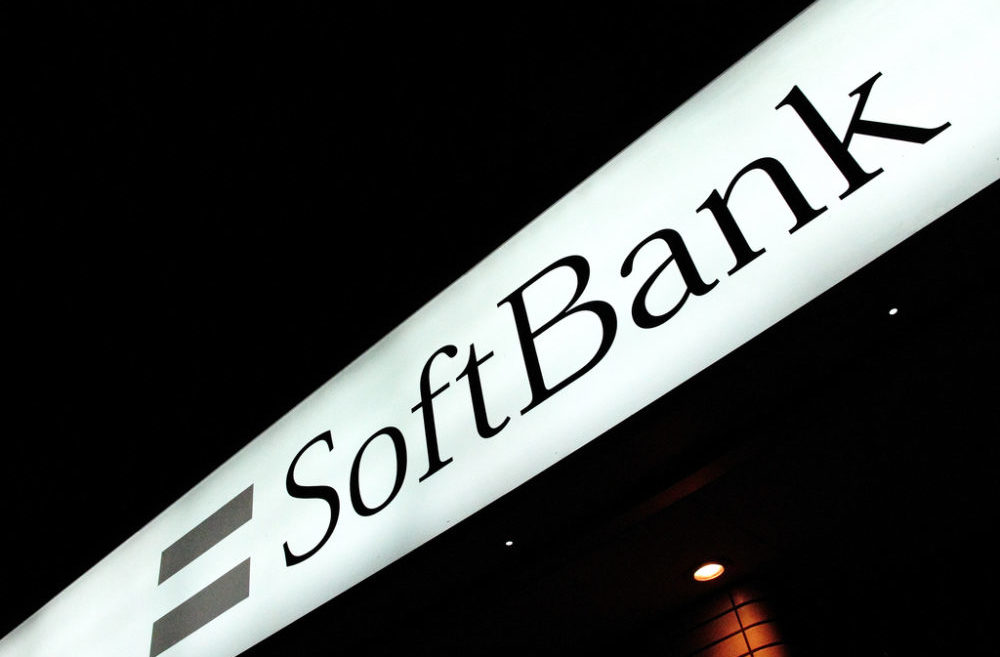Facebook is charging ahead to combat misinformation by spreading news literacy along with its product features. This week, Facebook users across 14 countries including U.S., will spot an alert above their News Feed plenty of times over the course of next few days. The alert will direct them Facebook’s Help Center where they would read “Tips to Spot False News”. These tips have been written in collaboration with the non-profit First Draft, which works on news standards, and warn the users regarding sensational headlines or forged URls.
The incorrect news has been labeled as “false news” rather than a more popular term “fake news”. It is so because apart from the latter, “false news” means intentionally twisting the facts of the news to confuse the viewers from the real one.
Facebook VP of News Feed Adam Mosseri wrote:
It’s not a new phenomenon, and all of us — tech companies, media companies, newsrooms, teachers — have a responsibility to do our part in addressing it.
What is a little disappointing is the fact these tips could have had a much wider reach if they would have been hosted on the News Feed itself. But as these tips have been linked to the Help Center, their is a high probability that they would be ignored on multiple occasions, or many people would not like to invest their time waiting for an external site to get loaded.
The list which users will be able to see once they follow the link is given as follows:
- Be skeptical of headlines. False news stories often have catchy headlines in all caps with exclamation points. If shocking claims in the headline sound unbelievable, they probably are.
- Look closely at the URL. A phony or look-alike URL may be a warning sign of false news. Many false news sites mimic authentic news sources by making small changes to the URL. You can go to the site and compare the URL to established sources.
- Investigate the source. Ensure that the story is written by a source that you trust with a reputation for accuracy. If the story comes from an unfamiliar organization, check their “About” section to learn more.
- Watch for unusual formatting. Many false news sites have misspellings or awkward layouts. Read carefully if you see these signs.
- Consider the photos. False news stories often contain manipulated images or videos. Sometimes the photo may be authentic, but taken out of context. You can search for the photo or image to verify where it came from.
- Inspect the dates. False news stories may contain timelines that make no sense, or event dates that have been altered.
- Check the evidence. Check the author’s sources to confirm that they are accurate. Lack of evidence or reliance on unnamed experts may indicate a false news story.
- Look at other reports. If no other news source is reporting the same story, it may indicate that the story is false. If the story is reported by multiple sources you trust, it’s more likely to be true.
- Is the story a joke? Sometimes false news stories can be hard to distinguish from humor or satire. Check whether the source is known for parody, and whether the story’s details and tone suggest it may be just for fun.
- Some stories are intentionally false. Think critically about the stories you read, and only share news that you know to be credible.
These tips are very positive and helpful in combating the incorrect news, however, Facebook is investing a lot of faith in its 1.8 billion user base regarding the recognition and shunning of these false news.
Studies have confirmed that more than half of the adults from the United States depend on social media rather than trusted sources for gaining day to day news. Also, most of the students can not figure out the difference between a real and a fake news, and 20 percent users claim their social or political views altered because of social media. It is for these factors, including poor news literacy, doubts, and the proactive conduct of modern news readers, that Facebook has to introduce these features.
But the ultimate fact is that users will believe the news which they wish to be true. It is highly unlikely that some list will all of a sudden convert the users into hard core fact checkers.
The Tech Portal is published by Blue Box Media Private Limited. Our investors have no influence over our reporting. Read our full Ownership and Funding Disclosure →






